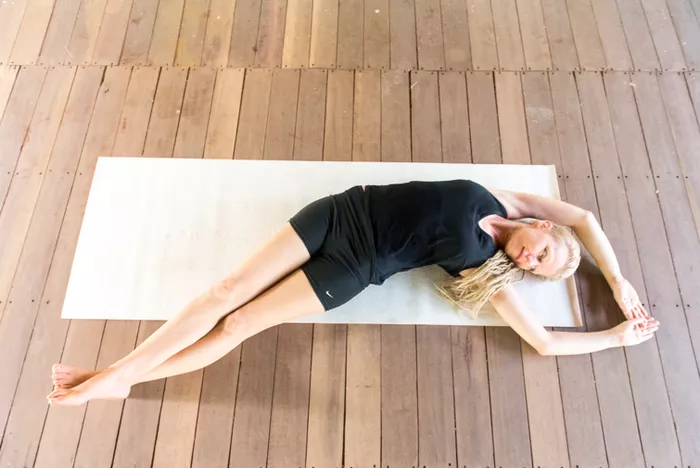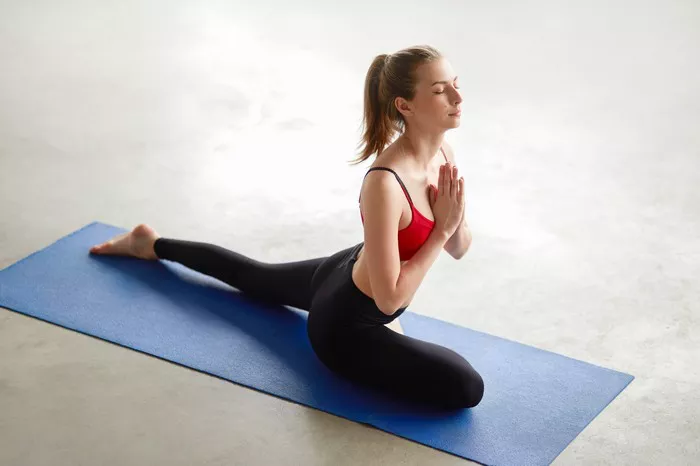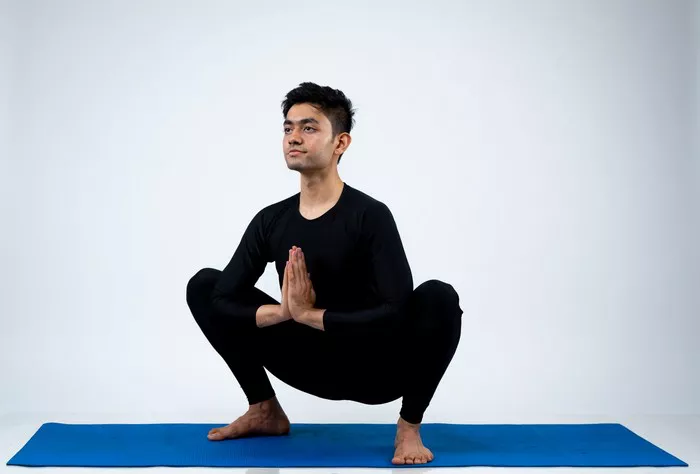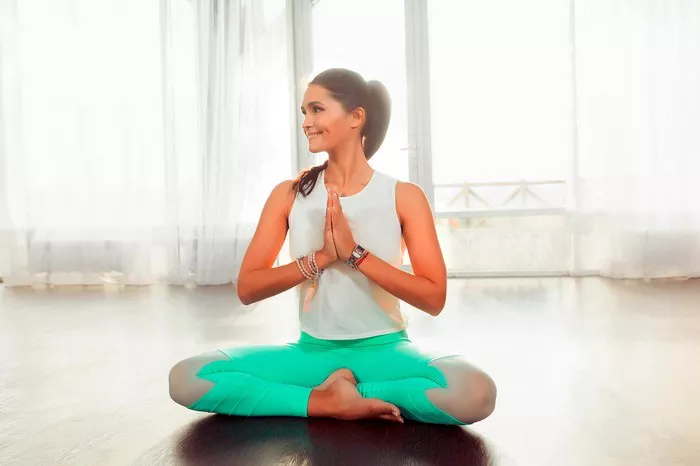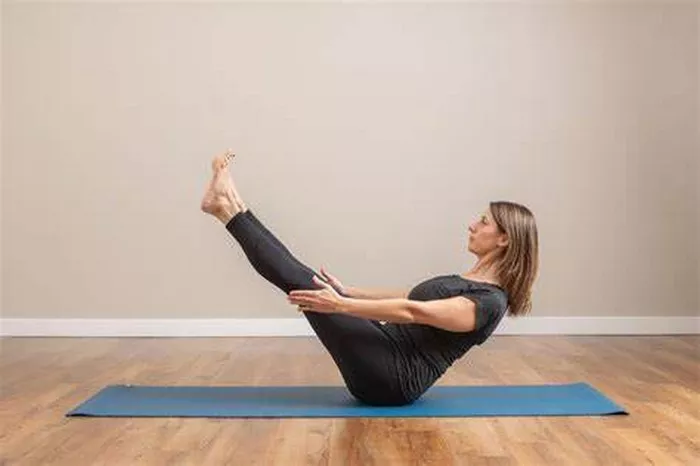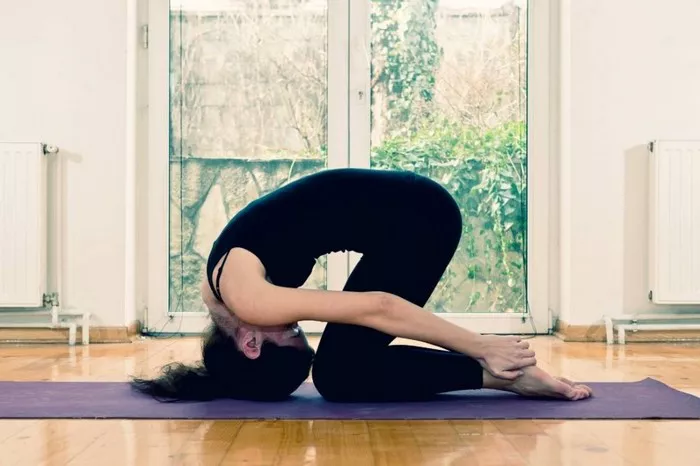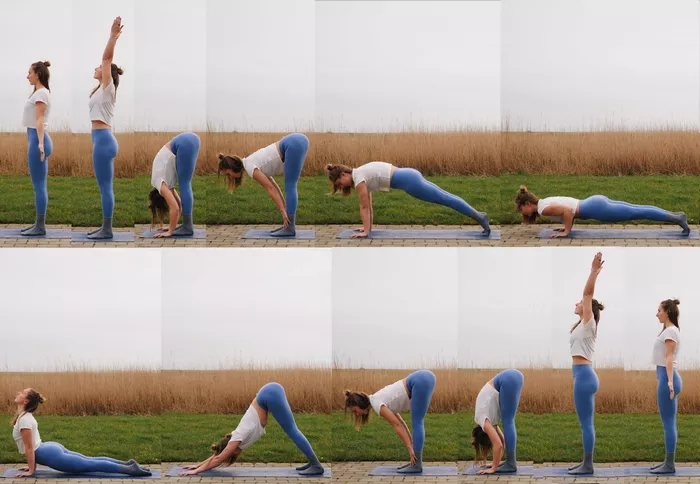Restorative yoga is a gentle yet profound practice that focuses on relaxation and rejuvenation of the body and mind. Within the realm of restorative yoga, side lying poses hold a special place. These poses offer a unique opportunity to release tension, improve flexibility, and promote deep relaxation, making them essential components of any restorative yoga practice. In this article, we delve into the world of side lying poses in restorative yoga, exploring their benefits, variations, and how to incorporate them effectively into your practice.
Understanding Side Lying Poses
Side lying poses in restorative yoga involve assuming comfortable and supported positions while lying on one side of the body. These poses provide an opportunity to gently stretch and open the muscles and joints on the side of the body facing upwards, while also allowing the muscles on the opposite side to relax deeply. The support provided in these poses helps to minimize strain and effort, allowing practitioners to surrender into a state of deep relaxation.
Benefits of Side Lying Poses
1. Spinal Alignment: Side lying poses in restorative yoga can help to realign the spine, particularly beneficial for individuals who spend long hours sitting or standing in positions that may lead to spinal misalignment. The gentle stretching and support provided in these poses encourage the spine to return to its natural curvature, reducing tension and promoting better posture.
2. Hip and Shoulder Opening: Many side lying poses target the hips and shoulders, areas that often carry a lot of tension and tightness, especially in individuals who lead sedentary lifestyles or engage in activities that require repetitive movements. By gently opening these areas, side lying poses can improve flexibility, range of motion, and overall comfort.
3. Stress Relief: The supported nature of side lying poses promotes deep relaxation, allowing the body and mind to release built-up stress and tension. As practitioners settle into these poses, they are encouraged to focus on their breath and cultivate a sense of calm, which can be particularly beneficial for individuals dealing with anxiety or insomnia.
4. Improved Circulation: By gently stretching and opening the muscles and joints, side lying poses in restorative yoga can help to improve circulation throughout the body. Enhanced blood flow can aid in the delivery of oxygen and nutrients to the tissues, promoting healing and vitality.
5. Digestive Support: Certain side lying poses, such as variations of the reclining twist, can provide gentle stimulation to the digestive organs, promoting healthy digestion and elimination. These poses may also help to alleviate discomfort associated with conditions such as bloating or indigestion.
Key Side Lying Poses in Restorative Yoga
1. Supported Side Stretch: Begin by lying on your side with a bolster or folded blanket supporting the length of your torso. Extend your bottom arm overhead and reach towards the opposite side, allowing your upper body to gently stretch and open. Hold for several breaths, then switch sides.
2. Reclining Twist: Lie on your back and draw your knees towards your chest. Shift your hips slightly to the right and allow your knees to fall to the left, using a bolster or rolled blanket to support your thighs if needed. Extend your arms out to the sides, palms facing up, and turn your gaze to the right. Hold for several breaths, then switch sides.
3. Half Moon Pose: Begin in a kneeling position with your knees hip-width apart. Extend your right leg out to the side and place your right hand on the floor for support. Reach your left arm overhead and lean towards the right, creating a gentle stretch along the left side of your body. Hold for several breaths, then switch sides.
4. Banana Pose: Lie on your back with your legs extended and your arms resting comfortably by your sides. Shift your hips slightly to the right and walk your feet towards the left, allowing your body to curve gently to the left. You can place a bolster or rolled blanket under your knees for support if desired. Hold for several breaths, then switch sides.
5. Thread the Needle: Begin on your hands and knees in a tabletop position. Slide your right arm underneath your body, allowing your right shoulder and temple to rest on the floor. Extend your left arm forward or reach it up towards the ceiling for a deeper stretch. Hold for several breaths, then switch sides.
Incorporating Side Lying Poses into Your Practice
To incorporate side lying poses effectively into your restorative yoga practice, consider the following tips:
1. Set Up Proper Support: Use props such as bolsters, blankets, and pillows to provide adequate support in each pose. The goal is to minimize strain and effort, allowing your body to relax fully into the pose.
2. Focus on Breath Awareness: Pay attention to your breath as you move into and hold each side lying pose. Allow your breath to be slow, deep, and even, guiding you into a state of relaxation and presence.
3. Listen to Your Body: Honor your body’s limitations and avoid pushing yourself into discomfort. Modify the poses as needed to suit your unique needs and abilities.
4. Hold Each Pose for Several Breaths: Aim to hold each side lying pose for at least five to ten breaths, allowing ample time for the body to soften and release tension.
5. Seamlessly Transition Between Poses: Move mindfully and with awareness as you transition between side lying poses, maintaining a sense of ease and grace in your movements.
Conclusion
Side lying poses are invaluable tools in the practice of restorative yoga, offering a myriad of benefits for the body, mind, and spirit. By incorporating these gentle yet powerful poses into your practice, you can cultivate deep relaxation, release tension, and promote overall well-being. Whether you’re looking to improve flexibility, relieve stress, or simply unwind after a long day, side lying poses in restorative yoga provide a sanctuary of peace and rejuvenation. Embrace the opportunity to explore these poses and discover the transformative effects they can have on your yoga journey.

